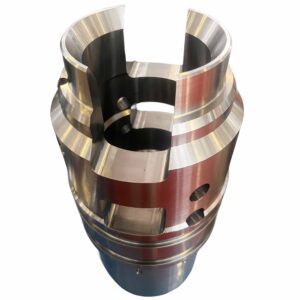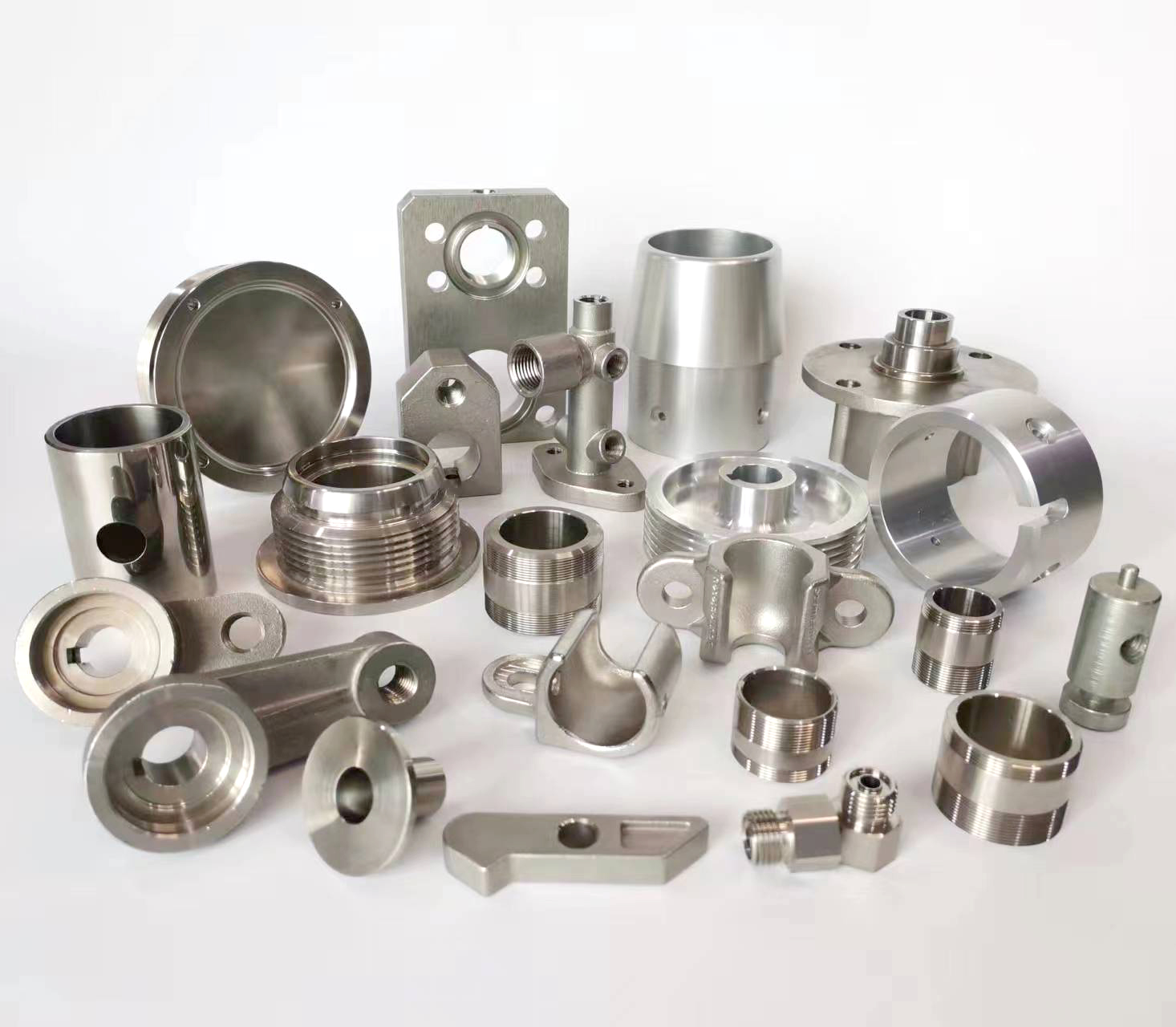
Hardness testing is a fundamental and essential method in materials science for evaluating the mechanical properties of metal components. It measures a material’s resistance to permanent indentation, which generally correlates with properties like strength, wear resistance, and ductility. The methods can be broadly categorized into three main types: Indentation, Rebound (Dynamic), and Scratch Hardness Testing. Indentation hardness is the most prevalent in industrial applications.
1. Indentation Hardness Tests
These are the most common methods. They involve pressing an indenter of a specific shape and material into the test sample under a controlled load. The size or depth of the resulting indentation is then measured to calculate a hardness value.
- a) Rockwell Hardness Test (ASTM E18)
Principle: This is the most widely used method due to its speed and simplicity. It measures the depth of indentation under two loads: a minor (preload) and a major (main load).
Process:
A minor load is applied to seat the indenter and establish a zero reference point.
A major load is applied for a specific “dwell time.”
The major load is released, leaving the minor load in place.
The permanent depth of indentation (h) is measured.
Indenters & Scales: Different combinations of indenters and loads create various scales (e.g., HRA, HRB, HRC).
Scale C (HRC): Uses a 120° diamond cone (Brale) and a 150 kgf major load. Common for hardened steels.
Scale B (HRB): Uses a 1/16 inch diameter steel ball and a 100 kgf major load. Common for softer steels, copper alloys, and aluminum.
Scale A (HRA): Uses a diamond cone with a 60 kgf load, used for very hard materials like tungsten carbide.
Advantages: Very fast, no optical measurement needed, direct readout, suitable for production floor use.
Disadvantages: The test must be performed on a smooth, flat surface. Thicker sections are required than for other tests, and the different scales are not directly comparable.
- b) Brinell Hardness Test (ASTM E10)
Principle: This test uses a relatively large indenter and high load, making it suitable for coarse-grained or heterogeneous materials like cast iron and aluminum castings. It measures the diameter of the indentation.
Process:
A hardened steel or tungsten carbide ball of diameter D (typically 10 mm) is forced into the material under a standard load F (e.g., 3000 kgf for steel).
The load is maintained for a specified time (10-30 seconds).
The load is removed, and the diameter *d* of the residual indentation is measured optically using a portable microscope.
Calculation: The Brinell Hardness Number (BHN or HB) is calculated as the load divided by the surface area of the indentation.
Formula: HBW=0.102×FπD2(D−D2−d2)HBW=2πD(D−D2−d2)0.102×F (The 0.102 converts kgf to Newtons if F is in kN).
Advantages: The large indentation averages out variations in microstructure, providing a representative bulk hardness. It is very robust.
Disadvantages: Leaves a large, permanent mark. Not suitable for very hard, thin, or small parts. Slower than Rockwell.
- c) Vickers Hardness Test (ASTM E92, E384)
Principle: This method uses a diamond pyramid indenter with a square base and a specific face angle of 136°. It is a highly versatile and accurate method applicable across a wide hardness range. It measures the diagonals of the indentation.
Process:
A load is applied, ranging from 1 gramf (microhardness) to 100 kgf.
The load is removed after a dwell time.
The two diagonals (*d*1 and *d*2) of the square indentation are measured using a microscope attached to the tester.
Calculation: The Vickers Hardness Number (HV) is calculated as the load divided by the surface area of the indentation.
Formula: HV=0.102×2Fsin(136°/2)d2≈0.1891Fd2HV=d20.102×2Fsin(136°/2)≈d20.1891F where *d* is the mean of *d*1 and *d*2.
Advantages:
A single scale covers all metals, from soft to extremely hard.
The geometrically similar indentations mean hardness values are comparable across different loads (in principle).
The small indentation size is good for testing finished products and heat-affected zones.
Disadvantages: Slower than Rockwell; requires a highly polished surface for accurate optical measurement; operator skill is critical.
- d) Knoop Hardness Test (ASTM E384)
Principle: A microhardness test using an asymmetrical rhombic-based pyramidal diamond indenter. It produces an elongated indentation where one diagonal is about 7 times longer than the other.
Process & Application: Similar to Vickers, but with a specific indenter. It is primarily used for microhardness testing on brittle materials, thin coatings, platinqs, or for measuring the hardness of individual grains in a microstructure. The long diagonal is measured, and the depth of indentation is very shallow.
Advantages: Ideal for testing very thin layers and brittle materials, as it causes minimal damage.
Disadvantages: Not suitable for macro-level testing or bulk materials.
2. Rebound (Dynamic) Hardness Test
- a) Leeb Hardness Test
Principle: This is a portable, non-destructive method. It measures the loss in kinetic energy of a tungsten carbide “impact body” (ball) when it rebounds from the surface of the test piece.
Process: A spring-loaded ball is propelled against the test surface. The device measures the velocities before and after impact. The ratio of the rebound velocity to the impact velocity is the Leeb Hardness value (e.g., HL, HLD).
Advantages: Extremely portable, ideal for testing large, heavy, or in-situ components (e.g., large forgings, pipelines, structures). Leaves a very minor mark.
Disadvantages: Less accurate than indentation methods; the result is sensitive to surface roughness, curvature, and the mass/coupling of the test piece.
3. Scratch Hardness Test
- a) Mohs Scale
Principle: A qualitative test based on the ability of one material to scratch another. The Mohs scale ranges from 1 (Talc) to 10 (Diamond).
Application: Primarily used in mineralogy and has limited use for metals, as most engineering metals fall within a narrow range (around 4-8).





